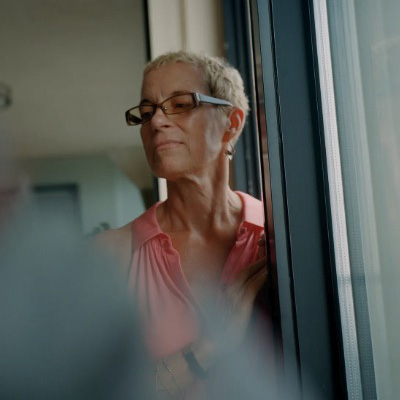
(excerpts…)
Organizing is not an art of telling people what to do, McAlevey explains, but of listening for what they cannot abide…
McAlevey has become not just an expert organizer but a social scientist of organizing’s methodology. She has written four books that have become touchstones for a new generation of labor leaders. Rather than instructing organizers to run as hard as they can in whatever direction they happen to be facing, McAlevey emphasizes strategy. She advises organizers to first conduct what she calls a power-structure analysis, which asks who has the power to change an issue (not always the most obvious targets) and what power workers have to influence those actors. She then leads workers through a series of escalating actions, from attending a meeting to wearing buttons to work to joining walkouts: she calls these “structure tests.” During the past decade, Amazon warehouse workers and Los Angeles teachers have drawn on McAlevey’s approach. (McAlevey informally advised the New Yorker Union during negotiations for its first contract, which was signed in 2021.) If at any point during this past hot labor summer, or the decade leading up to it, you encountered a group of workers strutting on a picket line or jubilantly making demands well beyond the scope of their own wages, chances are that many of them had been reading McAlevey.
Read the complete profile here >>